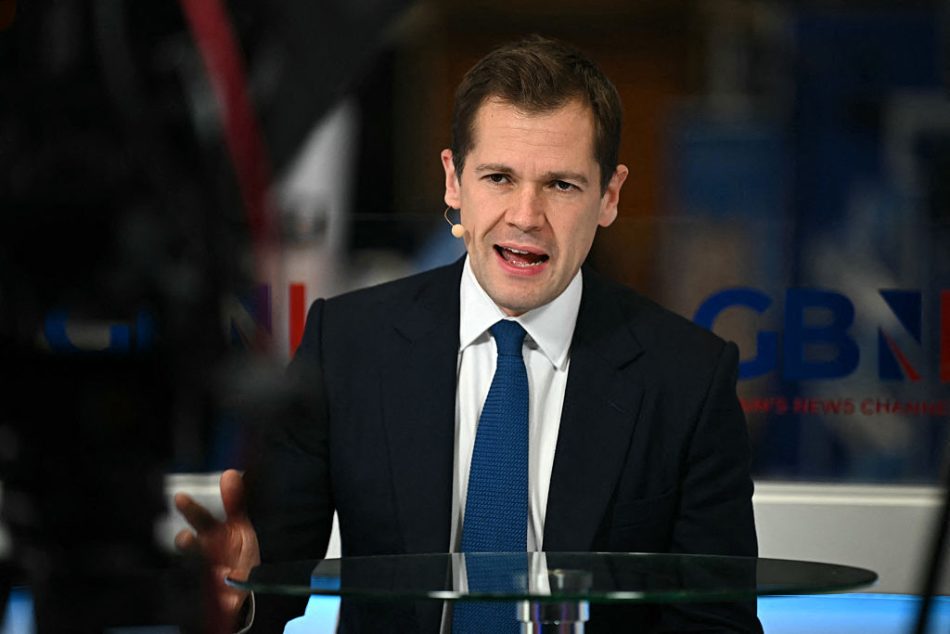When the anti-corruption minister is accused of corruption by a foreign government and has no prospect of being able to shut the story down any time soon, it is perfectly obvious that her position is untenable. Yet Keir Starmer allowed the furore over Tulip Siddiq to run for several weeks before the obvious resolution – that she must step down from her ministerial role – was implemented.
The Tulip Siddiq furore may drop out of the headlines but it could return in a more virulent form
Siddiq was named as a suspect in a corruption investigation by Bangladesh back on 19 December. Since then the controversy over the Hampstead and Highgate MP, who stands accused of benefiting from widespread financial plunder in Bangladesh allegedly carried out by her aunt Sheikh Hasina’s Awami League political party, has rarely been out of the headlines. Siddiq denies the claims.
The report into the affair by Sir Laurie Magnus, the PM’s ethics adviser, was a masterpiece in achieving a desired outcome – Siddiq’s departure from the government – without explicitly knocking further lumps out of her reputation.
While not breaking the Ministerial Code, she had “inadvertently” allowed the public to be misled, said Sir Laurie. There had been an “unfortunate misunderstanding” which resulted in a public correction of the origins of her ownership of a flat after she became a minister. While he found no evidence of any financial impropriety, he urged the PM to “consider her ongoing responsibilities” in light of the perception of a conflict of interest.
This formula – effectively, no finding of wrongdoing but “it just looks bad” – enabled Starmer to write his close friend and parliamentary next door neighbour Siddiq a very emollient goodbye letter in which he raised the prospect of her coming back onto the frontbench once everything is cleared up.
It may well be that the capacity of this story to damage the government further has now been contained, especially given the multiple other headline-grabbing disasters being presided over by Starmer’s administration. Yet for it to take almost a full month for a proverbial statement of the bleedin’ obvious to remove Siddiq points to a major flaw in the Prime Minister himself. When he published a new Ministerial Code in November, Starmer gave his independent advisor on ethics the right to instigate his own investigations into possible breaches of it. Previously the PM alone had the right and indeed the duty to trigger such inquiries.
In the event, Siddiq referred herself to Sir Laurie – probably at the suggestion of No10 – but nonetheless this is a major change. It points to a PM who prioritises a lawyerly new “due process” above exercising his own judgment as the leader of the government. Especially when his political friends are caught up in scandal.
Yet it did not take a protracted period for the Transport Secretary Louise Haigh to leave the government after it emerged she had once pleaded guilty to falsely claiming a mobile phone had been stolen. Starmer got rid of Haigh the very next day.
With the next general election likely more than four years away and the Tories stuck in the opinion poll doldrums every bit as much as Labour is, perhaps the PM thinks he can afford to contract out ministerial standards work in cases he finds awkward. But if the allegations against Siddiq come to anything then people will remember that she was the PM’s special political friend whose departure from ministerial office was managed with a slow-motion velvet glove rather than a decisive iron fist. They will ask why that was and Starmer will face searching questions about his judgment.
The Tulip Siddiq furore may shortly drop out of the headlines. But it could well return in a much more virulent form in a few weeks or months or even years.








Comments